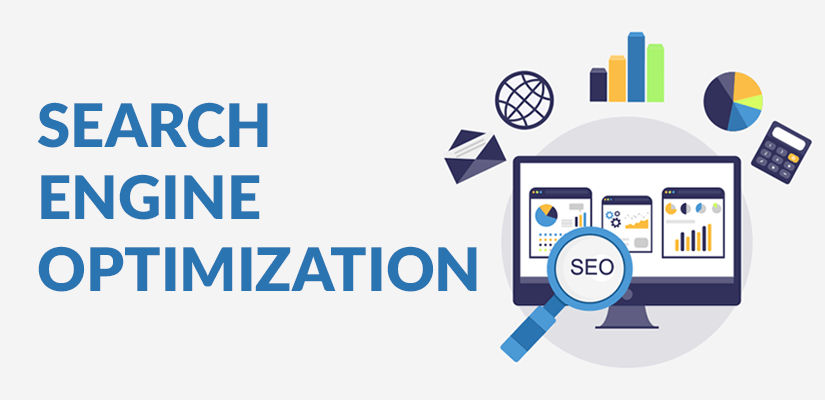Why does your 404-page matter in SEO?
The bane of web admins, 404, is one of the most common HTTP errors people encounter.
Usually, when a page returns 404, users get frustrated and either close the tab or move on to the next search result. However, for a webmaster, there are more things at stake. If not handled correctly, they seriously harm your brand and hurt your SEO.
So, finding and fixing 404s is a priority. If you do not know how, turn to Nhance Digital. Being one of the top digital marketing agency based in London, we offer comprehensive SEO solutions, including fixing 404s.
Here, we take a look at all you need to know about 404s and how to utilise them to your benefit.
What is a 404 error?
Response statuses in the HTTP header can be usually divided into 5 categories.
• Information codes (100-199)
• Success response codes (200-299)
• Redirects (300-399)
• Client error codes (400-499)
• Server error codes (500-599)
As you can see from above, 404 page is the content a user sees when they visit a non-existent page on a website. Essentially the server returns a 404 error when it cannot find the URL requested by the user.
There are two types of 404s, i.e., hard 404s and soft 404s. Hard 404s are displayed when the URL simply does not exist and will not return to the website soon. You are highly unlikely to see a soft 404 label unless specified.
Google “adds” the soft 404 labels to certain websites that act similar to a standard 404 response but continue to relay 200 success response codes. It can be due to a loading issue, the page lacking content, or is too similar to other pages on the website, linking errors, etc.
Do 404 pages hurt SEO?
404s are bad for websites.
Unfortunately, it is almost impossible to avoid 404 errors. When a soft 404 label is applied to a website, GoogleBot cannot crawl the page correctly.
From a user’s perspective, 404s result in a bad user experience, turning them away from your website and damaging your brand’s credibility. The bounce rate increases, which is a ranking factor for search engines and your website will be penalised if the bounce rate is too high.
You might be tempted to redirect 404s to your homepage or a service page with similar content. However, even that hampers the user experience. First, the user will be confused about why they are on a different page than the one they clicked on. Second, they won’t have access to the information they require, further damaging the trust score.
If users end up on a page utterly irrelevant to their search, you will see increased bounce rates, and Google will penalise the website.
Using 404s to your advantage
As we have established, 404s and redirects are frustrating for users.
Ideally, you will want to sniff out as many 404s as possible and fix them. You can hire an SEO agency in Leeds to run website audits and then apply one of the following fixes.
• Redirect
Redirecting the users to another relevant page is a smart way to turn this negative experience into something positive. You can redirect them to something relevant, like some popular blog posts, the most popular or valuable product or service, a form for users to report the broken link, an HTML sitemap, etc.
Avoid redirecting to the homepage, as that can be frustrating for someone looking for specific information.
• Restore
If you delete a page and notice that it is still in high demand and do not have a relevant page to redirect them to, consider restoring the page. You can also refresh the content on the website with the latest information on the topic.
• Correct
If the broken hyperlink still appears on other pages on your site, run an audit and correct the links pointing to the correct URL. Then, revisit the pages that point to the older URL and update the page with the correct links.
404s do not directly hurt the SEO, but there’s a lot you will be missing out on if you do not fix them as early as possible. If you do not know how to deal with them, Nhance Digital is here to your rescue. Our in-house SEO experts can run quick site audits using the best-in-class tools to ensure that these broken pages are fixes at the earliest.



